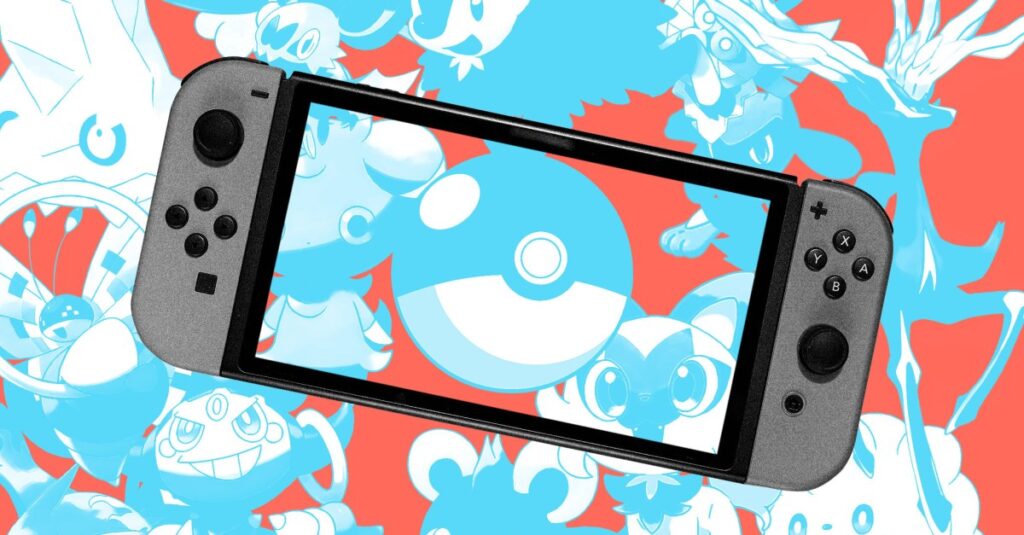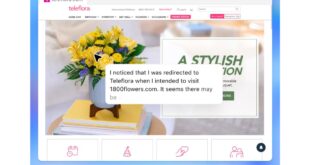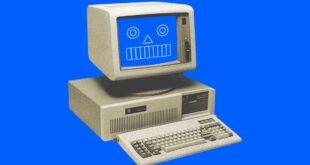
Though the first Nintendo Switch era of Pokémon games was undeniably rocky at times, it brought the series’ trading and organization systems into a new level of maturity. It wasn’t always easy to complete Pokédexes in remakes like Brilliant Diamond and Shining Pearl and new entries like Sword and Shield. But those games helped The Pokémon Company create a more seamless way to move your monsters from one title to another, or swap them with friends. And with the Pokémon franchise about to make its big debut on the Switch 2 with the cross-generation game Pokémon Legends: Z-A, it feels like The Pokémon Company is getting ready to take the trading system to the next level.
In the Pokémon games, filling up your Pokédex has always been an exercise in patience, planning, and understanding that Nintendo and The Pokémon Company want you trading with other players rather than trying to catch ’em all on your own. The games’ trading mechanics evolved as the series jumped from the Game Boy to new hardware. By Generation IV (the DS games), players could swap monsters remotely over the internet without needing to use wired link cables. And after years of many legendary and mythical pokémon only being obtainable through in-person events, The Pokémon Company and Game Freak used Pokémon’s Generation V to introduce a serial code redemption system that made snagging super-rare monsters infinitely easier.
Bringing pokémon you first caught on older titles like the GBA’s Pokémon Emerald up to more modern ones like the 3DS’s Ultra Sun was still a very tedious process. But with each generation of games, The Pokémon Company was clearly building out a digital system that allowed players to experience their Pokémon adventures as one massive, continuous journey. That project continued in the Switch era with 2018’s Let’s Go games, 3D remakes of Pokémon Yellow that featured new mechanics inspired by Pokémon Go.
Like the 3DS’s Pokémon Bank and Poké Transporter companion applications, Pokémon Home gave players an online space to stash their ’mons and a way to move them between games. Home’s ability to connect with Bank made it useful for longtime fans looking to keep their favorite monsters with them. But the application was also clearly meant to help newer players — people drawn to the franchise by games like Scarlet / Violet and Legends: Arceus — start building collections that would keep them invested (both emotionally and financially) in the series.
By requiring subscriptions, Pokémon Home and the Switch Pokémon games’ online features helped Nintendo come into its own as a services company. Since Nintendo Switch Online’s launch in 2018, Nintendo has sweetened the deal by gradually adding more of its classic games to the service, along with other features, like a streaming music app. It’s been a little frustrating to watch the company choose not to put most of its older pre-DS Pokémon games online. But much like Nintendo and The Pokémon Company’s tradition of making it impossible to complete the Pokédex without having access to both versions (e.g., Red / Blue) of the same game, this has felt like a calculated movie on the company’s part to keep players thinking about spending more money.
Especially with Pokémon Go and the various Switch remakes in the mix, Nintendo and The Pokémon Company built out an ecosystem of modern games that give players a way to catch virtually every single one of the franchise’s creatures. And while none of the past Switch games have been focused on cataloging all the pokémon, that feels like something that could change as Pokémon moves to the Switch 2.
Like Arceus before it, Legends: Z-A (a Switch game that’s also getting a Switch 2 edition) will likely feature a limited selection of ’mons in order to put more focus on new gameplay mechanics and a fresh story. But as the Switch 2 becomes Nintendo’s flagship platform, we could and arguably should see the Pokémon series evolve in some surprising ways. Legends: Z-A looks like a significant upgrade from Scarlet / Violet, but the franchise’s potential to change more radically feels like something Nintendo has to be thinking about as it prepares for the next generation of mainline (rather than spinoff) games developed specifically for the Switch 2.
Something as simple as bringing the classic games to NSO with Pokémon Home compatibility would make buying into the larger ecosystem with its various subscriptions a much more interesting prospect. It would be a huge win for Pokéfans still hanging out on the original Switch, and it would make upgrading to the Switch 2 feel even more like following the franchise into the future.
 Latest World Breaking News Online News Portal
Latest World Breaking News Online News Portal






